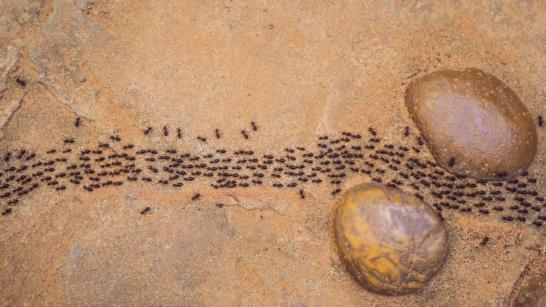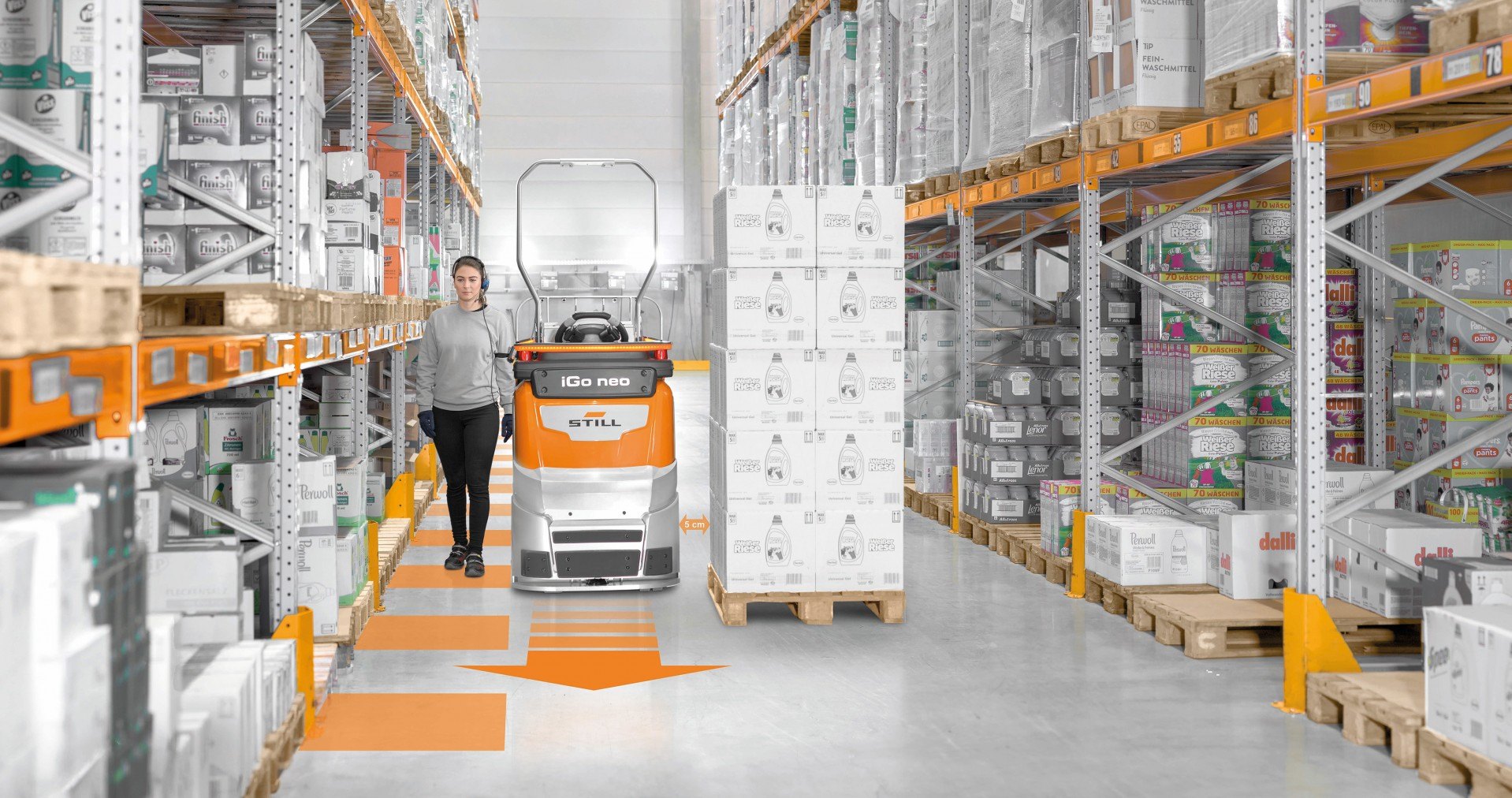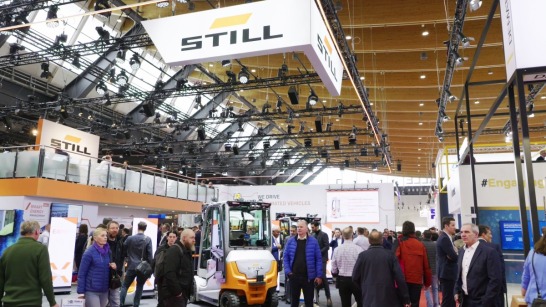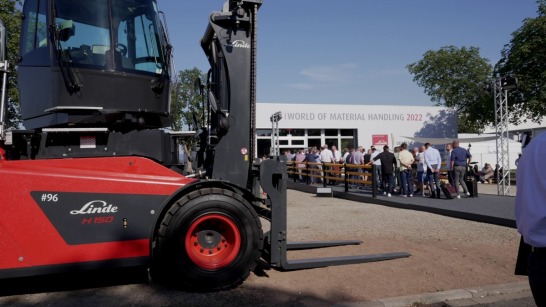“Ants have always fascinated me as they are extremely efficient creatures,” says Frank Heptner, Vice President Sales & Realisation Automation and Intralogistics at KION. When a trail of ants is interrupted, the insects immediately reorganize themselves and find a new route, and the process continues. “This is the exact approach that we have when working for our customers,” says Heptner: “Finding the shortest route, responding to the unexpected and being ready for action at all times.”
How does that work in an ant colony? According to sociobiologist Bert Hölldobler, one worker ant looks for food or building materials, depending on the priority at the time. It uses its natural scent, or pheromone, to mark out the route to the destination, which its “colleagues” then follow. If an ant finds a faster route, a new path will be set and marked out with a stronger pheromone. The ants following use the intensity of the scent to differentiate which route is currently the most efficient. If the new path is blocked, the ants will find their way back to the old route, which they can identify thanks to the weaker scent.
No Higher Authority
The remarkable thing is that all of this works without a higher authority. The ants organize themselves and each individual ant is aware of all the processes and changes. This principle is directly transferable to intralogistics. “In our world, we call this ‘goods to person’,” says Frank Heptner. This is where, for example, an employee goes to the shelf, finds the right product there, and then takes it to its destination. “That is still very common practice to this day,” says Heptner. To increase the efficiency of work processes, however, methods have been developed to provide an alternative to the employee retrieving the product, or to do away with this step altogether. After all, if the goods can be taken to the person rather than the person going to the goods, it saves time and makes the shipping process smoother.






